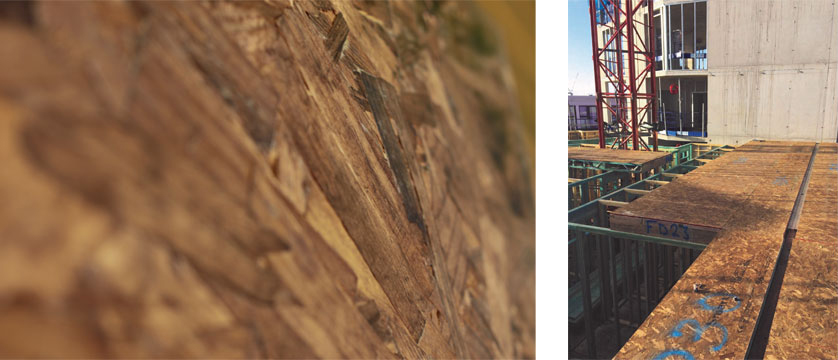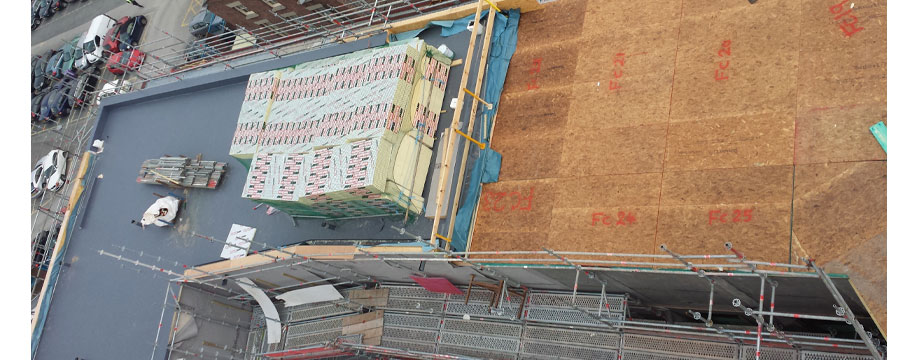Fire safety remains the top priority in the design of safer, healthier social housing. The government has announced it will be getting tougher on those who fail to comply with fire safety regulations, such as imposing unlimited fines on anyone caught obstructing or impersonating a fire inspector, as well those who breach fire safety regulations under the Fire Safety Order. [1]
For Architects and designers, these renewed regulations mean that they must be able to confidently rely on the integrity and accuracy of the products they specify for use within these homes.

The difference between fire resistance and flame retardance
When it comes to fire safety, it is important to know the difference between fire resistance and flame retardancy.
Fire resistance refers to the ability of a material or system to resist, and ideally prevent, the passage of fire from one distinct area to another, for example from one apartment to another through party walls or floors. Flame retardant (FR) treatments are designed to improve a material’s ‘Reaction to fire’ which is the measurement of how a material or system will contribute to a fire’s development and spread, particularly in the very early stages of a fire when evacuation is crucial. Therefore, flame retardant panels allow more time for people to escape a building, or to extinguish smaller fires –
this is vital in any high-density housing.
Working with SMARTPLY MAX FR B
An innovative wood-based panel such as SMARTPLY MAX FR B can be used by architects to enhance the fire performance of a building and offer endless design possibilities. SMARTPLY MAX FR B is a flame retardant, structural, moisture resistant OSB/3 panel. It features outstanding, reliable reaction to fire properties, which is ideal for use where strength, moisture and improved flame retardance are paramount.
What makes it so special?
It is the first Euroclass B engineered wood panel to be manufactured in the UK and Ireland that is treated with a water-based flame retardant solution during manufacture, allowing the individual wood strands making up the panel to be treated before pressing. This makes its flame retardance integral rather than just surface based. Each panel is CE marked in accordance with EN 13986 at the point of manufacture, unlike post-treaded alternatives.
It is suitable for the most demanding structural applications in permanent constructions, which includes wall sheathing, flooring and roofing. This opens up a wide range of design possibilities for architects and contractors for traditional or offsite construction, while enhancing fire performance throughout the building.

Datum, timber frame engineers and fabricators, specified SMARTPLY MAX FR B as a flame retardant flooring solution for The Edge, a seven-storey, timber frame accommodation building for students at John Moore’s University and University of Liverpool. It was chosen over alternative post-treated flame retardant wood panels due to its guaranteed consistency and excellent reaction to fire properties. As it is lightweight and easy to cut and fix compared to mineral-based panels, it gives an installing contractor more flexibility to work with.
In addition, SMARTPLY MAX FR B is sustainably manufactured with no added formaldehyde, which makes it safer to work with and contributes to an overall healthier environment in the building.
With its outstanding reaction to fire properties and limitless design possibilities, SMARTPLY MAX FR B is the ideal product for residential use.
If you want to find out more about SMARTPLY MAX FR B or request samples visit the website.
[1] https://www.gov.uk/government/news/unlimited-fines-for-those-who-breach-fire-safety-regulations
- Log in to post comments













